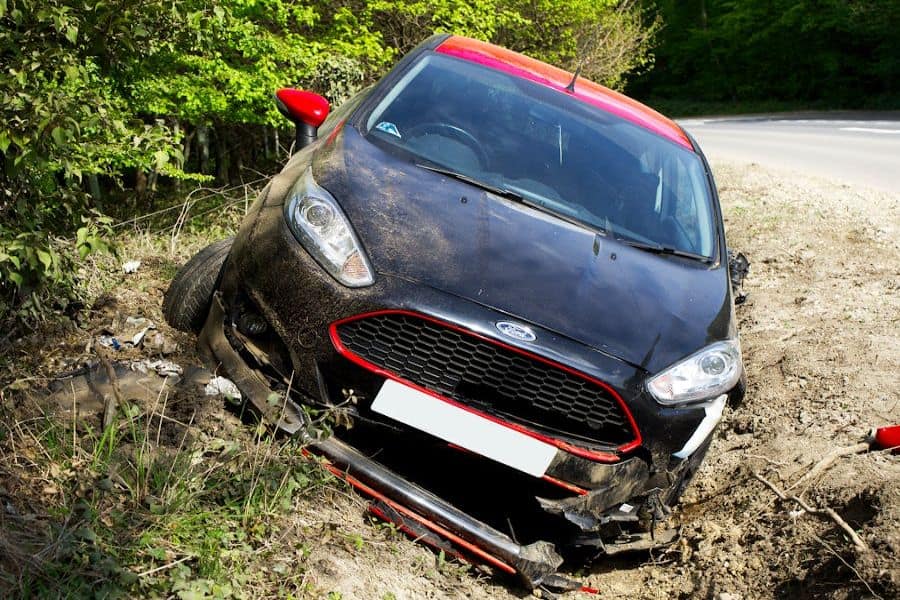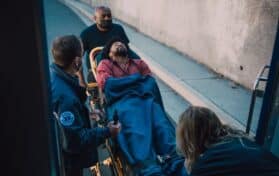
As of 2023, there were nearly 3,200 fatal auto accidents in California alone. The LA county, which also comprises Lancaster, was one of the highest with fatal crashes, coming in at over 600 in the same year. This paints a dark picture of the bright and sunny life in Lancaster. Even if an accident may not be fatal, protecting your rights is the way to go. At this stage, it is a good idea to consider the steps to take after a crash from a legal standpoint. Speak to Kuzyk Law attorneys for further guidance on this journey.
Going through a car crash can be quite daunting and may leave people feeling unsure about what to do. Knowing what comes next in the aftermath of such an event can assist in setting expectations and choosing wisely. This article offers a path from submitting a claim to resolving a matter, whether it be through settling or going to court.
Steps to Take After a Car Crash
Right after an accident occurs, the main focus is on ensuring the safety of everyone involved. Make sure that no one is injured and call for help from emergency services. Once safety matters are taken care of, gather scene details. This involves sharing contact information and insurance details with others involved and capturing the accident scene with photographs or videos. These pieces of proof will be crucial later when dealing with insurance claims.
Working with Insurance Firms
It is important to inform the insurance companies promptly after an accident occurs, as some insurers have a deadline for notification following the incident. Offering a description of the accident helps in handling claims. Insurance firms may ask for evidence like police reports or medical documents to back up the claim. Being well-prepared and giving the right details can make the process smoother.
Exploring the World of Insurance Policies
Every person with an insurance policy for their vehicle should take the time to become acquainted with the details of their coverage plan. Some plans are specifically designed for auto insurance needs. It is crucial to grasp the components of the policy, like liability coverage or options for collision and comprehensive coverage. This knowledge can provide insights into expenses that may be covered under recovery. Being informed about these aspects assists in establishing anticipations concerning reimbursements for any harm incurred or bills. Checking over the terms outlined in the policy ensures clarity and minimizes surprises that may arise while filing claims.
Lodging a Claim
When you file a claim with the insurance company, you need to provide all the required paperwork, such as evidence from the accident scene and witness accounts, as well as any costs incurred as a result of the incident. The insurance adjuster will review your claim, assign fault, and suggest a settlement amount. Having documentation can positively affect the decision.
Coming to an Agreement
Insurance companies may start by suggesting lower settlement amounts to their customers who have filed claims for damages or injuries. Policyholders should carefully review these offers and take into account the full extent of their losses and injuries. The process of negotiating is crucial in ensuring that fair compensation is received. If the initial offer appears insufficient, presenting counterarguments and providing evidence can result in more amicable settlement offers. It may be helpful to seek advice from a professional if negotiations become difficult.
Choosing Between Reaching a Settlement and Opting for Recourse
If negotiations conclude and you agree to the settlement terms proposed by the other party or parties involved in the dispute, it signifies the closing of this chapter of the process. However, if differences of opinion or unresolved issues remain and no agreement can be reached, taking action may be a viable option to consider. It’s important to weigh the advantages and disadvantages of opting for a settlement versus proceeding with a trial in court.
Getting Ready for a Court Case
When considering a trial as an option, it is crucial to focus on preparation. This involves collecting evidence, ensuring the availability of expert witnesses, and crafting a strategy for the case. Having counsel is essential in navigating the intricacies of processes. Familiarizing oneself with courtroom protocols and maintaining expectations regarding possible results help individuals brace themselves for what lies ahead in a trial.
The Process of a Trial
During a trial, proceedings usually consist of submitting evidence and witness statements to present legal arguments to a judge or jury panel. Each party endeavors to support its assertions and refute opposing claims. After reviewing the evidence the judge or jury reaches a decision. Trials often demand endurance and perseverance from all participants involved.
In Summary
Handling the aftermath of a car crash entails a series of actions to take into account, from initiating a claim to choosing between settling or going to court. Each phase demands deliberation and well-informed choices to be made. Your grasp on insurance coverage and staying orderly, along with seeking guidance from experts when necessary, can pave the way for smoother outcomes. By taking a proactive and well-informed approach, individuals can confidently navigate through this phase with assurance and understanding.





